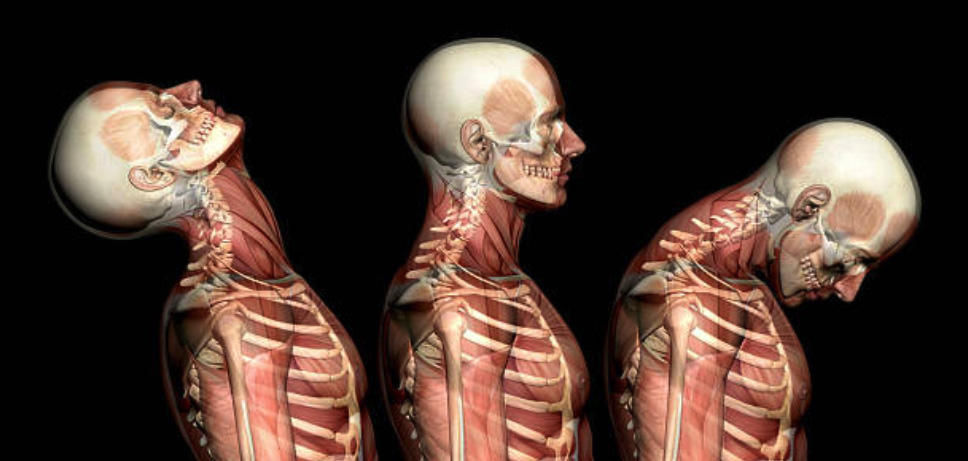
The Physiological Effects of Massage
In order to understand the benefits and effects of massage, it is important to consider how the body responds physiologically.
Effects on the Skeletal System
- Increases joint mobility by reducing thickening of the connective tissue and helping to release restrictions in the fascia.
- Helps to free adhesions, break down scar tissue and decrease inflammation. As a result it can help to restore range of motion to stiff joints.
- Improves muscle tone and balance, reducing the physical stress placed on bones and joints.
Effects on the Muscular System
- Relieves muscular tightness, stiffness, spasms and restrictions in the muscle tissue.
- Increases flexibility in the muscles due to muscular relaxation.
- Increases blood circulation bringing more oxygen and nutrients into the muscle. This reduces muscle fatigue and soreness.
- Promotes rapid removal of toxins and waste products from the muscle.
Effects on the Cardiovascular System
- Improves circulation by mechanically assisting the venous flow of blood back to the heart
- Dilates blood vessels helping them to work more efficiently
- Enhances blood flow; delivery of fresh oxygen and nutrients to the tissues is improved and the removal of waste products, toxins and carbon dioxide is hastened via the venous system
- Temporarily lowers blood pressure, due to dilation of capillaries
- Lowers heart rate due to relaxation
- Reduces ischaemia (ischaemia is a reduction in the flow of blood to body parts, often marked by pain and tissue dysfunction).
Effects on the Lymphatic System
- Reduces oedema (excess fluid in the tissue) by increasing lymphatic drainage and the removal of waste from the system
- Strengthens the immune system, due to increase in white blood cells.
Effects on the Nervous System
- Stimulates sensory receptors: this can either stimulate or soothe nerves depending on the techniques used.
- Stimulates the parasympathetic nervous system, helping promote relaxation and the reduction of stress.
- Reduces pain by the release of endorphins (endorphins are also known to elevate the mood).
Effects on the Skin
- Improves circulation to the skin, increasing nutrition to the cells and encouraging cell regeneration
- Increases production of sweat from the sweat glands, helping to excrete urea and waste products through the skin
- Promotes vaso-dilation of the surface capillaries helping to improve the skin’s colour
- Improved elasticity of the skin
- Increases sebum production, helping to improve the skin’s suppleness and resistance to infection.
Effects on the Respiratory System
- Deepens respiration and improves lung capacity by relaxing any tightness in the respiratory muscles.
- Slows down the rate of respiration due to the reduced stimulation of the sympathetic nervous system
Effects on the Digestive System
- Increases peristalsis in the large intestine, helping to relieve constipation, colic and gas
- Promotes the activity of the parasympathetic nervous system, which stimulates digestion.
Effects on the Urinary System
- Increases urinary output due to the increased circulation and lymph drainage from the tissues.
QUESTIONS?
Wondering if Functional Massage could help you or would simply like to get some help with your condition?
Please get in touch.




